In this article, the winner of the National Geographic 2024 Landscape Category, Christopher West, takes us on his adventure to Venice, Italy, with the Leica Q3 43 APO.
Christopher West won the National Geographic Landscape Prize for 2024. He is a Leica shooter, and owns the Leica M11-P, the Leica Q3, the Leica Q3 43 APO, and the Leica SL3 with four APO lenses: the 21mm APO, the 35mm APO, the 75mm APO, and the 90mm APO. He was interviewed recently by Thorsten Overgaard, where they discussed Christopher’s recent photographic trip to Venice.
Getting up four o’clock in the morning is what it takes to capture the empty city of Venice and the rising light over the empty “La Serenissima”, as the city is nicknamed. It is certainly serene at dawn, but less so as the day progresses, and the tourists flock in.
My girlfriend remains asleep, and I enjoy roaming through the city, across the almost empty San Marco Square. I found a café for the local workers that opens at six, so after some hours alone in the streets with my Leica Q3 43, I sat there for a coffee before returning home to the family with fresh pastries.
Great light
I appreciate the quiet. There are no sounds this early, though you can always hear the water. It’s a very picturesque place. And when I walk there, I find no difficulties in spotting great light.
When I see something, I will continually look for a way to frame the image, maybe bring something into it that you would not see if you just stopped to grab the photo.
One of my favourite photos from this trip was a place I knew of, but had to ask people how to find. It’s one of those places everybody can find with their smartphone. But I spent a good twenty minutes to get the right moment, setting the gondola against the backdrop. And, in this case, waiting for the bridge to empty of people.
Do better work, or come back and try again
I find that sometimes, when I do landscape photography, I try my best. And then, as I drive home, it hits me how I could have done it slightly better or differently. So I make a note for next time to try that. I visited some places in Venice several times.
Up early and use your eyes
Getting up early to get the shot is becoming something of a trademark for me. When I took the photo that won the National Geographic 2024 Landscape category, it was another example of a photograph that could only happen because my girlfriend got me up at 3 am to go out and work the scene.
It’s the light
When I started in photography, I took photos of things, people, or objects. I saw something I liked, and I took a photo of it. It was actually something Thorsten Overgaard said in a video several years ago that changed my thinking. It was essentially, “Photograph the light,” which is now what I do.
Photography is all about light. That doesn’t just mean sunrise or sunset – just interesting light. If you can incorporate that into a good subject, you’re more than half way to a great photo. I think the images from Venice are great examples of that. Without this great light, it would just be photos of a few boats and wooden poles.
Why both Leica Q3 and Q3 43?
I kept the Leica Q3 even after getting the Leica Q3 43 — which is far from uncommon. The idea that one replaces the other just doesn’t seem to reflect reality. How so?
Yes, it is strange. The Q3 43 made me like the Q3 28 better. I feel the Q3 43 is easier to frame, and I use it most of the time. 43mm is less messy. But I do feel more attached to the 28mm now that I have the Q3 43, and I guess I’ll keep it — the Leica Q models hold their value.
A fan of Leica and APO
The Leica SL APO lenses feel as if they can last forever — the build quality is exceptional. APO lenses are the best for landscape photography. In low light and when shooting handheld, you can get away with shooting wide open.
There’s the quick fall off of the background, and perhaps most importantly, I admire the fact that there is no fringing with the APO SL lenses. The APO Summicron lenses remove the age-old need to stop down your aperture to achieve the sharpest results.
I’m very familiar with Leica glass, and the APO Summicron designation holds immense prestige now. It’s a mark of Leica’s finest lenses. You can see from the incredible detail that the lens on the Q3 43 APO is absolutely superb.
Inspired by Leica
I feel very connected to the Leica Q3 43 APO in a way I haven’t experienced with anything else before, and really, that is thanks to Leica. Leica is in perpetual motion, making cameras that inspire me to shoot and get me excited to use them.
It’s hard in this day and age for a camera brand to do something different and innovative while still maintaining its identity, yet Leica seems to pull it off time after time.
Leica Q3 43 in low light
Early morning, late evening, and night are when Venice truly comes alive with beautiful light, and this is where I feel most creative. Walking around after dinner with my girlfriend, with very few tourists around and on a tranquil night, is a really special experience. Each canal is illuminated in its own way, boats litter the waters, and the possible compositions are absolutely endless.
The combination of having one of the finest lenses and a more than adequate image stabilization system on board means that in lower evening or morning light, I can often get away with taking photos without using a tripod. The Leica Q3 43 at f/2.0 delivers almost perfect results, with sharp images even at 1/8th or 1/15th of a second handheld — no problem.
Portraits with the Leica Q3 43
I want to touch on portraiture with the 43mm lens. The 50mm focal length is actually my favorite for portraits, as it incorporates more of the surroundings than a 75mm or 90mm lens, giving a more relaxed feel.
The 43mm lens is similar in this regard, and the fast focus fall off means that the out-of-focus areas behind the subject are rendered smoothly. The transition from in-focus to out-of-focus is fast, accentuating the shallow depth of field. I am a big fan of the APO lineup and feel they offer a superb blend of rendering and sharpness.
Simplicity of the Leica
I use both my Leica Q3 43 and my Leica SL with a wrist strap. I used to have a thumb rest on my Leica Q cameras, but now I prefer to keep it as simple as possible, with no added accessories.
How I got Into Leica
Leica has been a luxurious passion for nearly 10 years, but over that time, it has become a rather practical one too. And it’s not as expensive as you might think
Originally, I couldn’t understand why anyone would want to buy a manual camera with non-weather-sealed lenses, hoping the combination of what they chose to buy would focus accurately. And then there was the eye-watering cost. More on that later.
I recall buying my first Leica lens from Red Dot in London. It was a 50mm Summilux Pre-ASPH, the one with the little built-in hood. I paid £1,500 at the time, which, back in 2015, was a ton of money for one prime lens (they now sell for £2,500–£3,000 in perfect condition).
Manual focus
My love for manual focus lenses and “character” optics began when I started using Contax/Yashica Zeiss lenses with adapters for the Sony A7 system. This was influenced by my dad, due to his history with Contax film cameras.
The combination of Contax and Sony, however, didn’t satisfy me for long — mostly due to the shoddy ergonomics of the Sony and the extra-large adapters needed to bridge the gap between the small flange distance of the Sony (or any mirrorless system) and the huge one on the old Contax SLRs. Leica M was the middle ground: small adapters and small lenses, smaller even than the native mirrorless lenses at the time. Yes, this was me staring straight down the rabbit hole.
I was happy with my Leica 50mm and Sony A7RII for quite some time, never wanting a Leica camera and adamant that I would never own one. I tried a Leica M240 rangefinder once and hated it; I couldn’t use it at all or get a sharp image.
Third time lucky
After buying one or two more lenses (a 90mm Summicron Pre-APO and a 35mm Summilux ASPH) for my Sony, I had a nagging feeling that my first experience with the M240 wasn’t what I should base my whole opinion of Leica cameras on. So, I bought a Leica M-P Typ 240. It arrived, and I didn’t get on with it at all. Again, I just couldn’t take a sharp image. Talking to the seller, I came to believe it had taken a fall, as it was sold at a low price with a bit of a ding in the base … back it went.
I had to try a third time. A Leica M262 arrived, being both cheaper and newer than the M240 and Leica M-P. Almost straight away, I fell in love with that camera: light, a gorgeous-sounding shutter, perfect focus. Uh oh!
It clicked
This, I guess, was the start — when I really clicked with the M camera and the system as a whole. Around this time, my photographic interests were mostly limited to reportage/candid/street (or street-ish) —basically anything city-based.
It had been that way since 2012, when I really started to get into photography in a bigger way. I stayed this way for a couple of years, travelling mostly to urban environments.
Since then, I have owned a Leica M Monochrome, a Leica M10, and now a Leica M11-P. I won’t list all of the Leica lenses that have come and gone in my collection—there have been many.
I am now predominantly a landscape photographer. Landscape photography isn’t the first thing you think of when Leica is mentioned, especially the Leica M. But then again, why wouldn’t you? A very high-quality system, with some of the sharpest lenses, should be perfect for landscape photography, right?
Read more about the Leica Q3 43
More from Thorsten Overgaard
Join the Macfilos subscriber mailing list
Our thrice-a-week email service has been polished up and improved. Why not subscribe, using the button below to add yourself to the mailing list? You will never miss a Macfilos post again. Emails are sent on Mondays, Wednesdays, and Fridays at 8 pm GMT. Macfilos is a non-commercial site and your address will be used only for communications from the editorial team. We will never sell or allow third parties to use the list. Furthermore, you can unsubscribe at any time simply by clicking a button on any email.

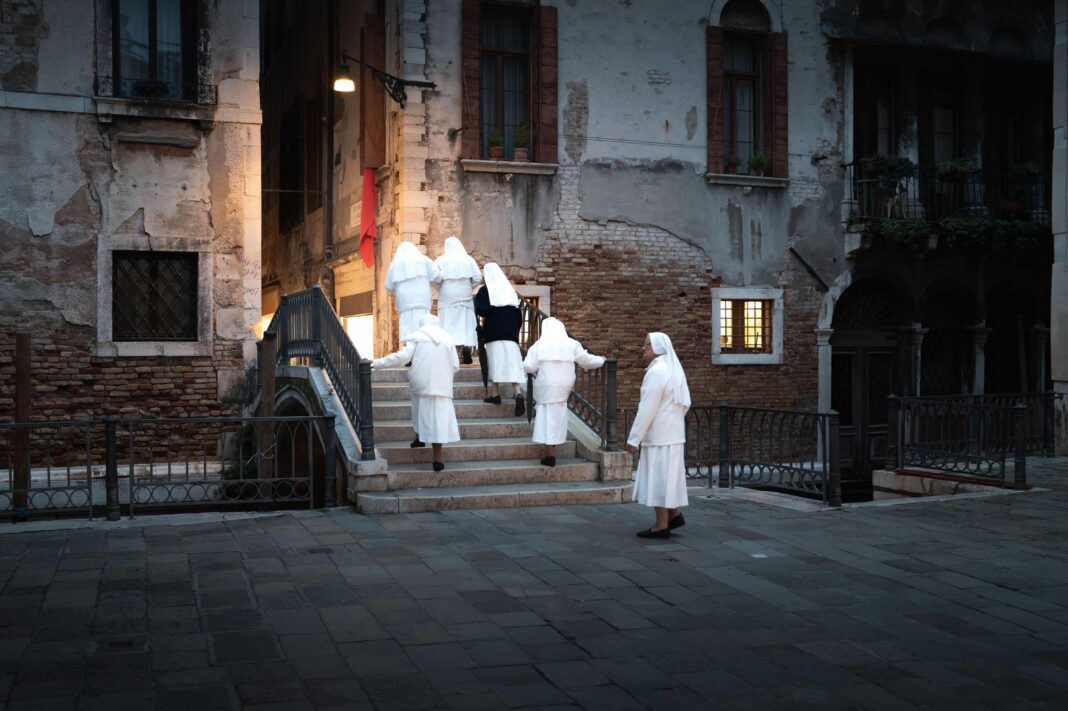
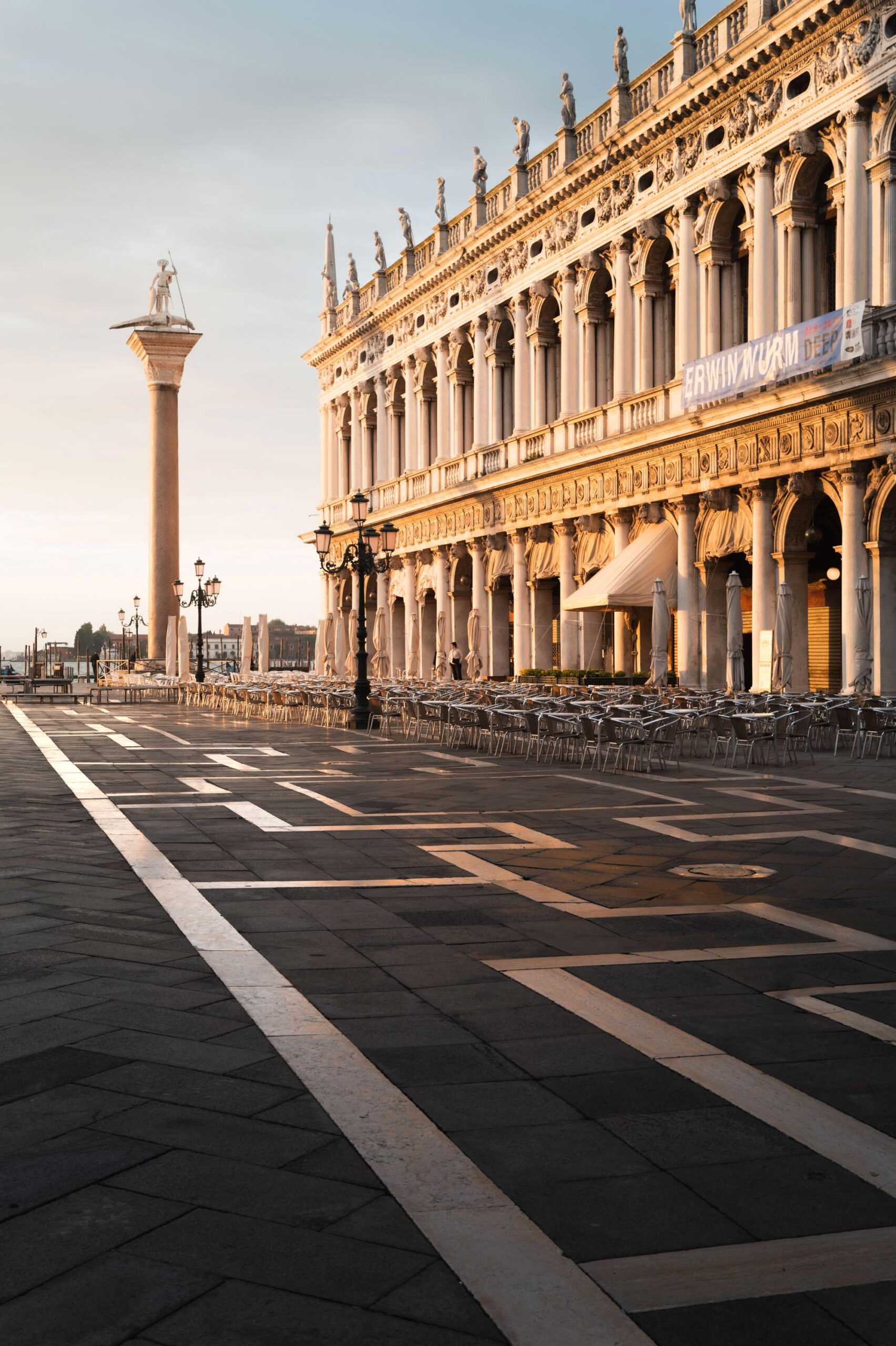
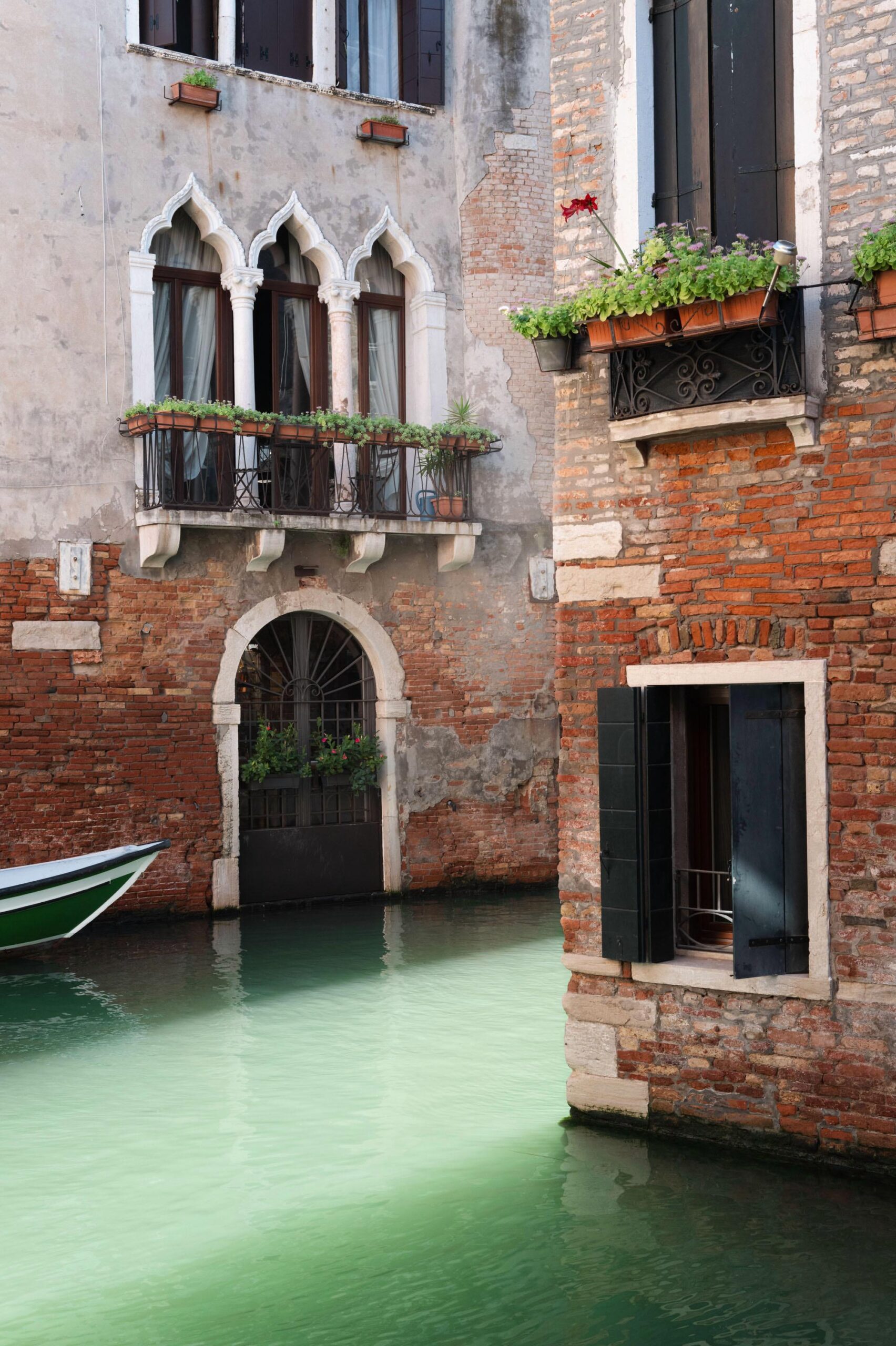
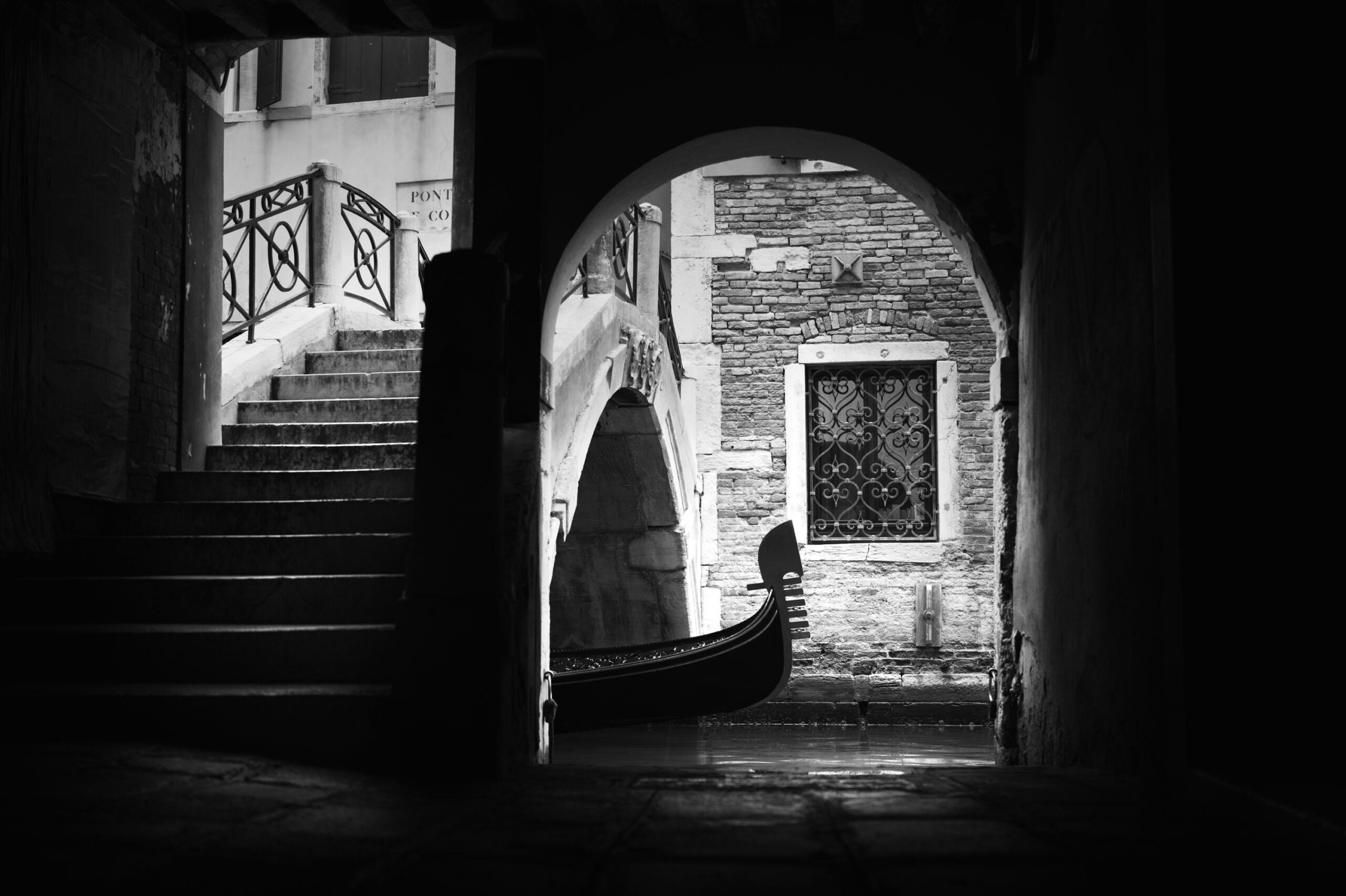
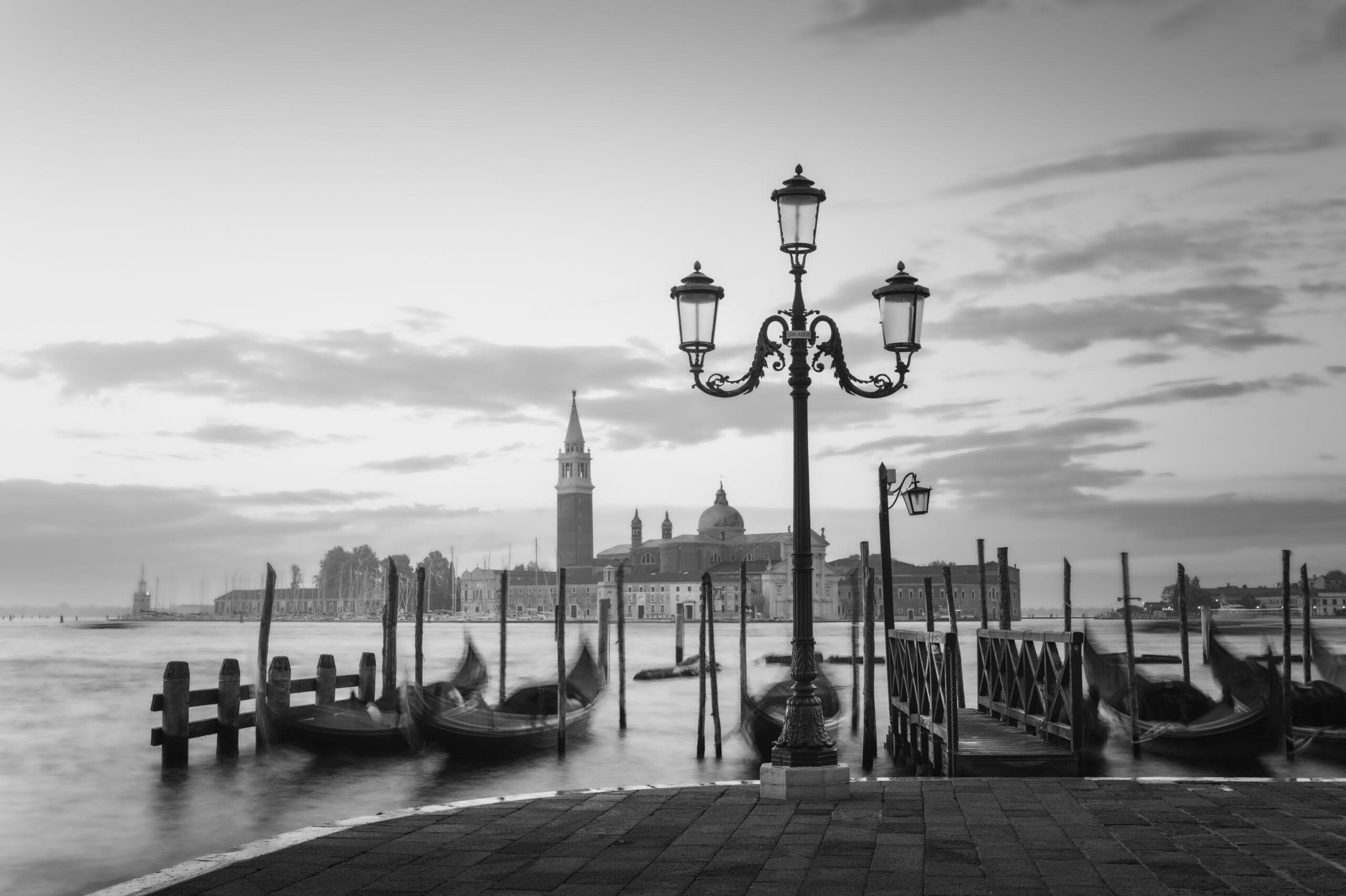
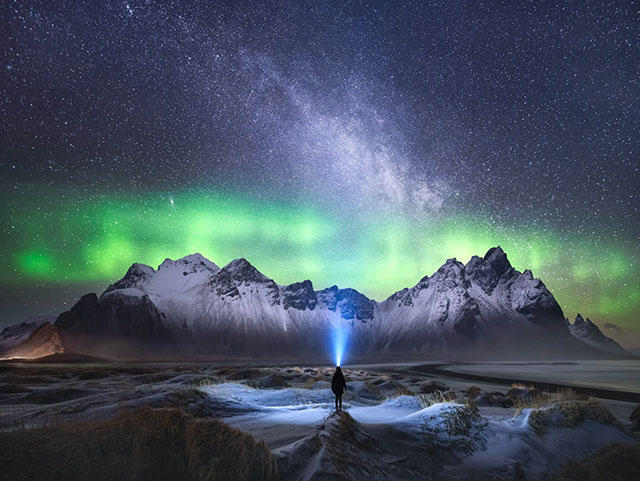

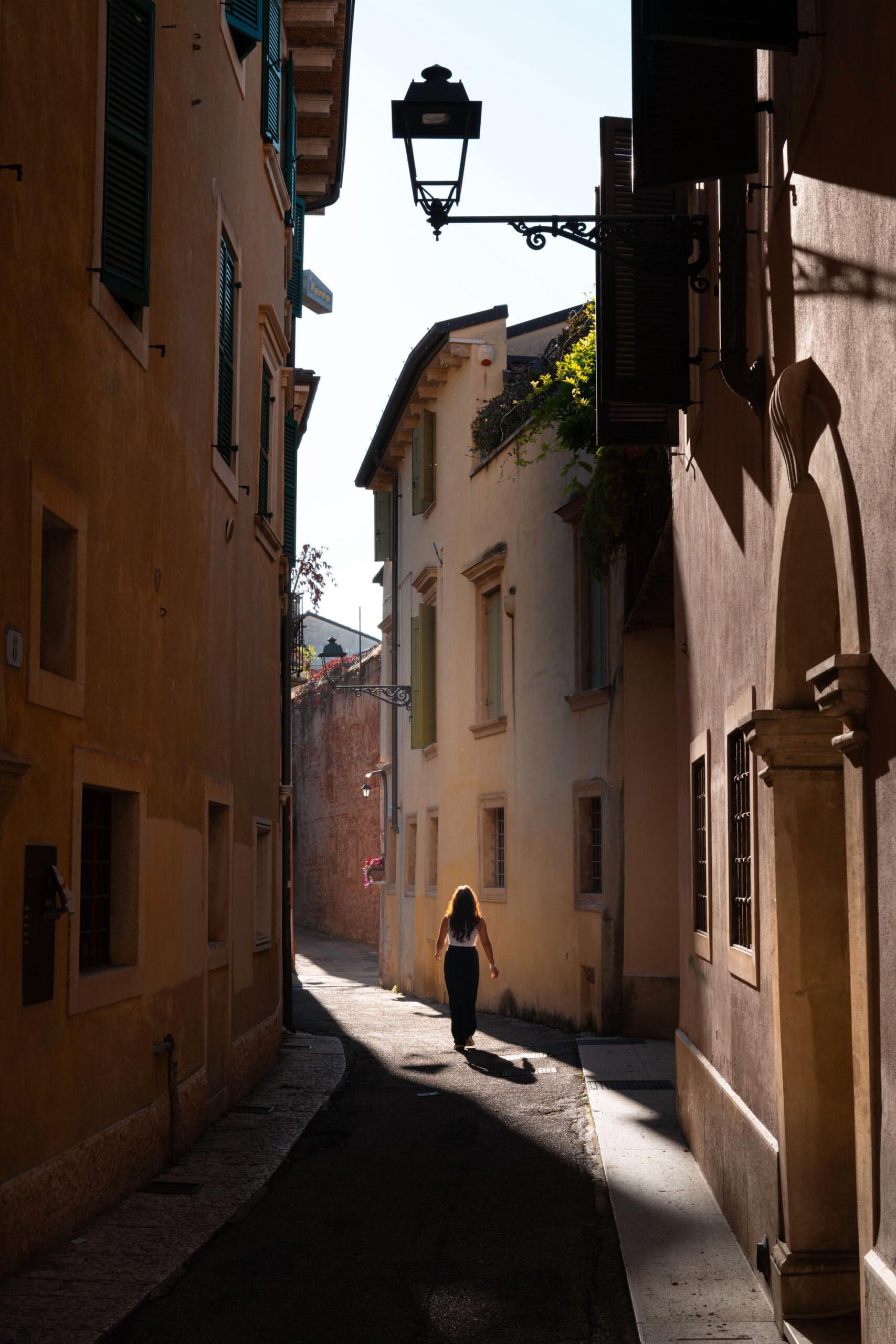
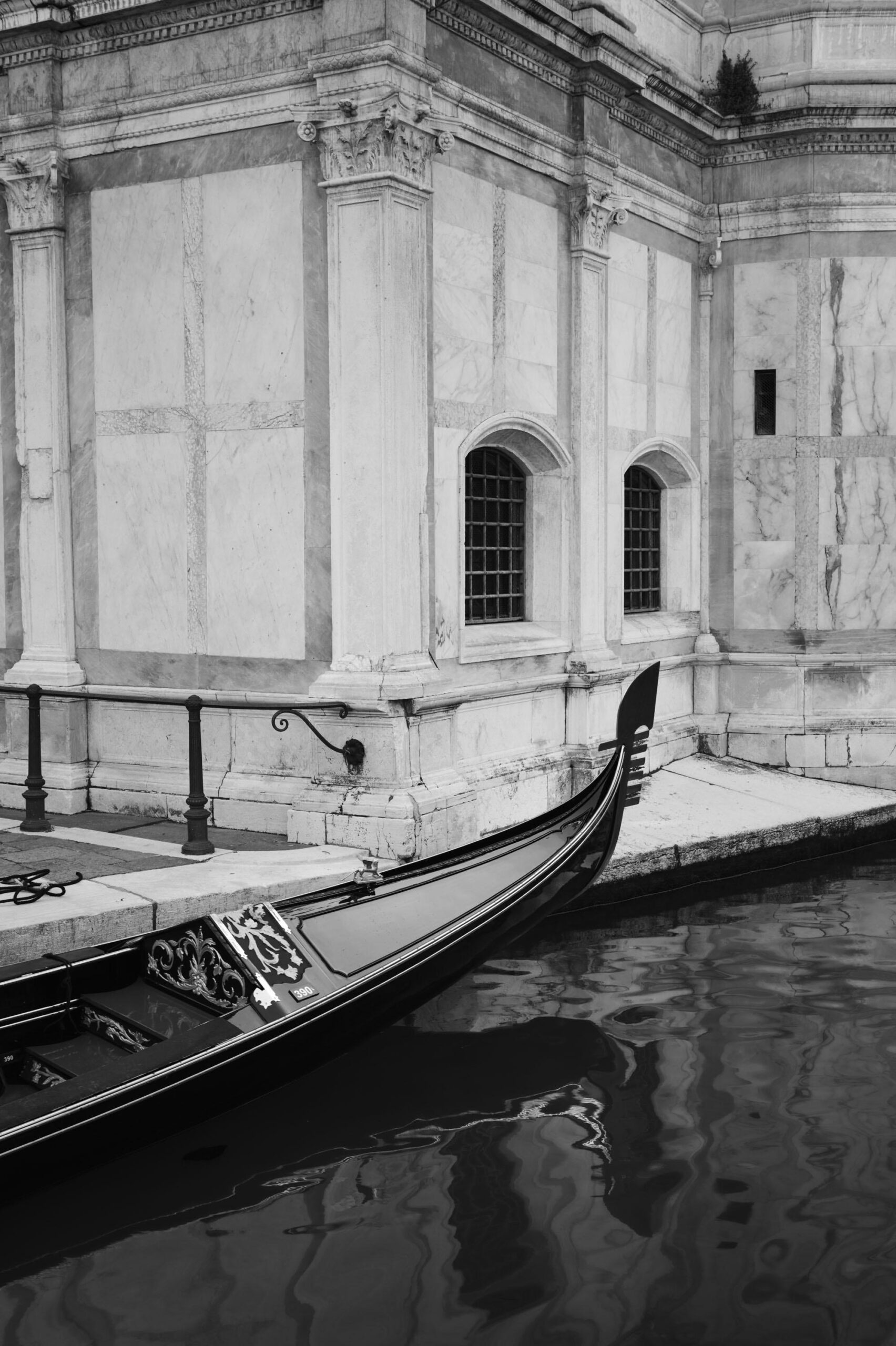

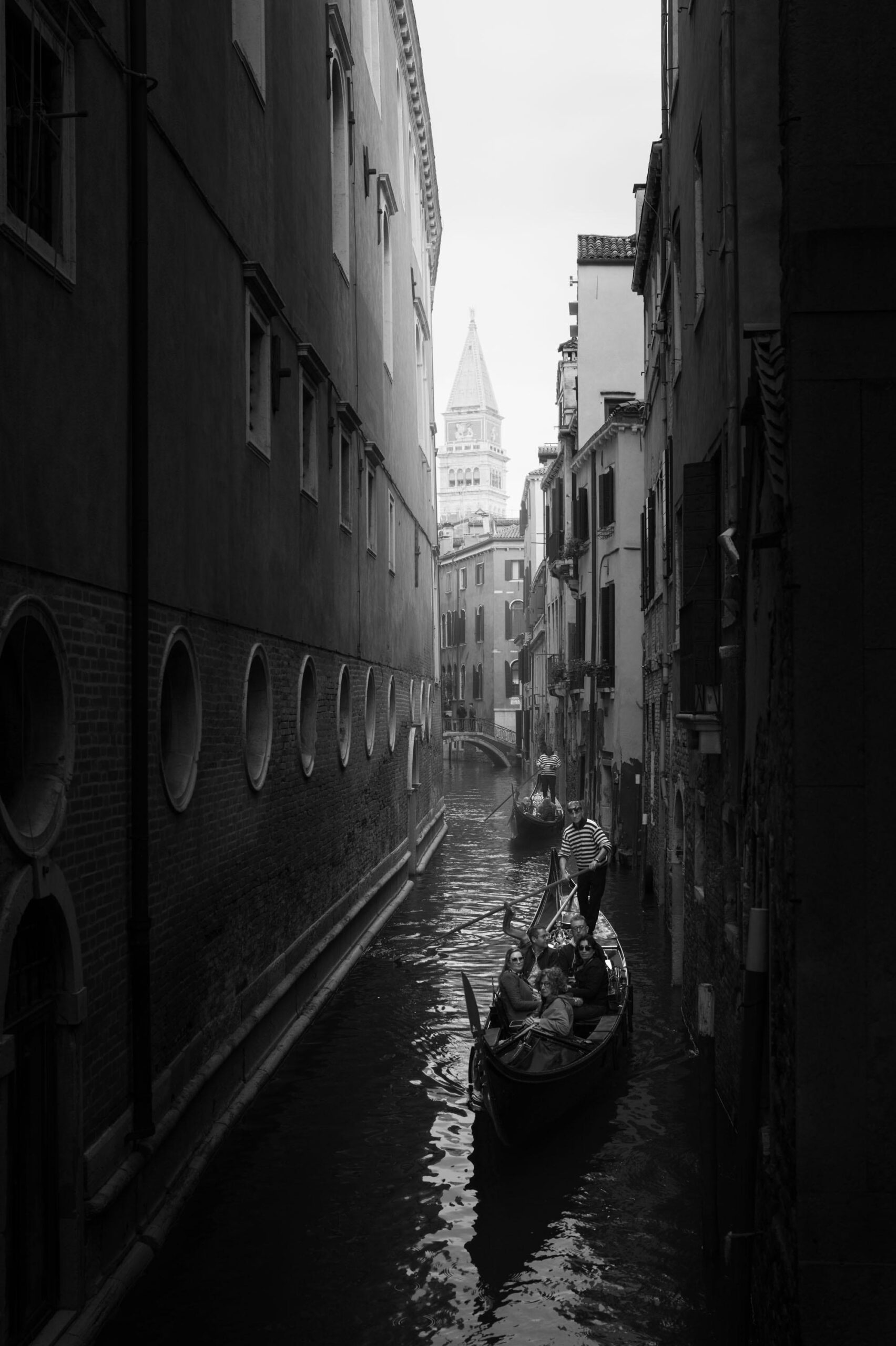
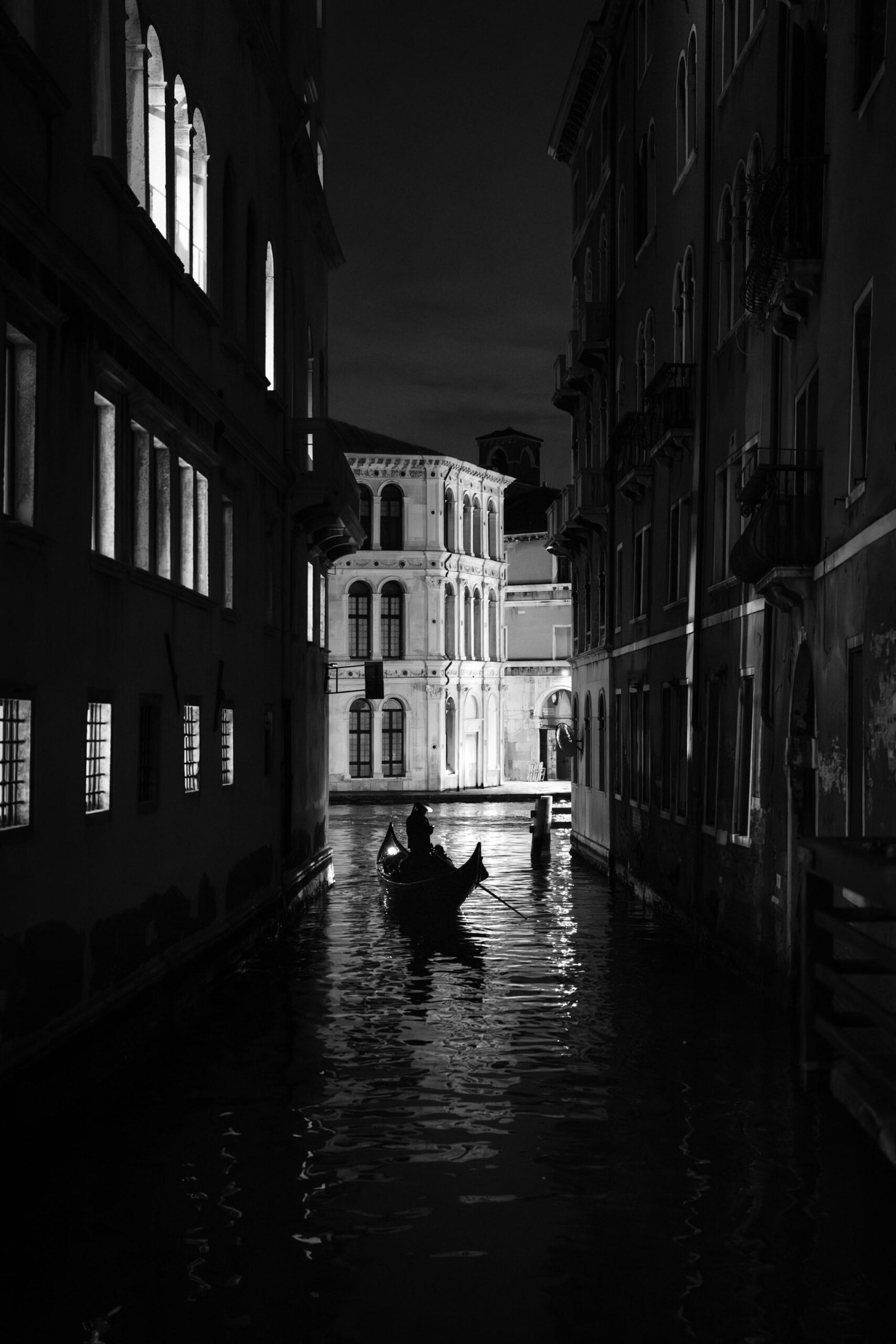
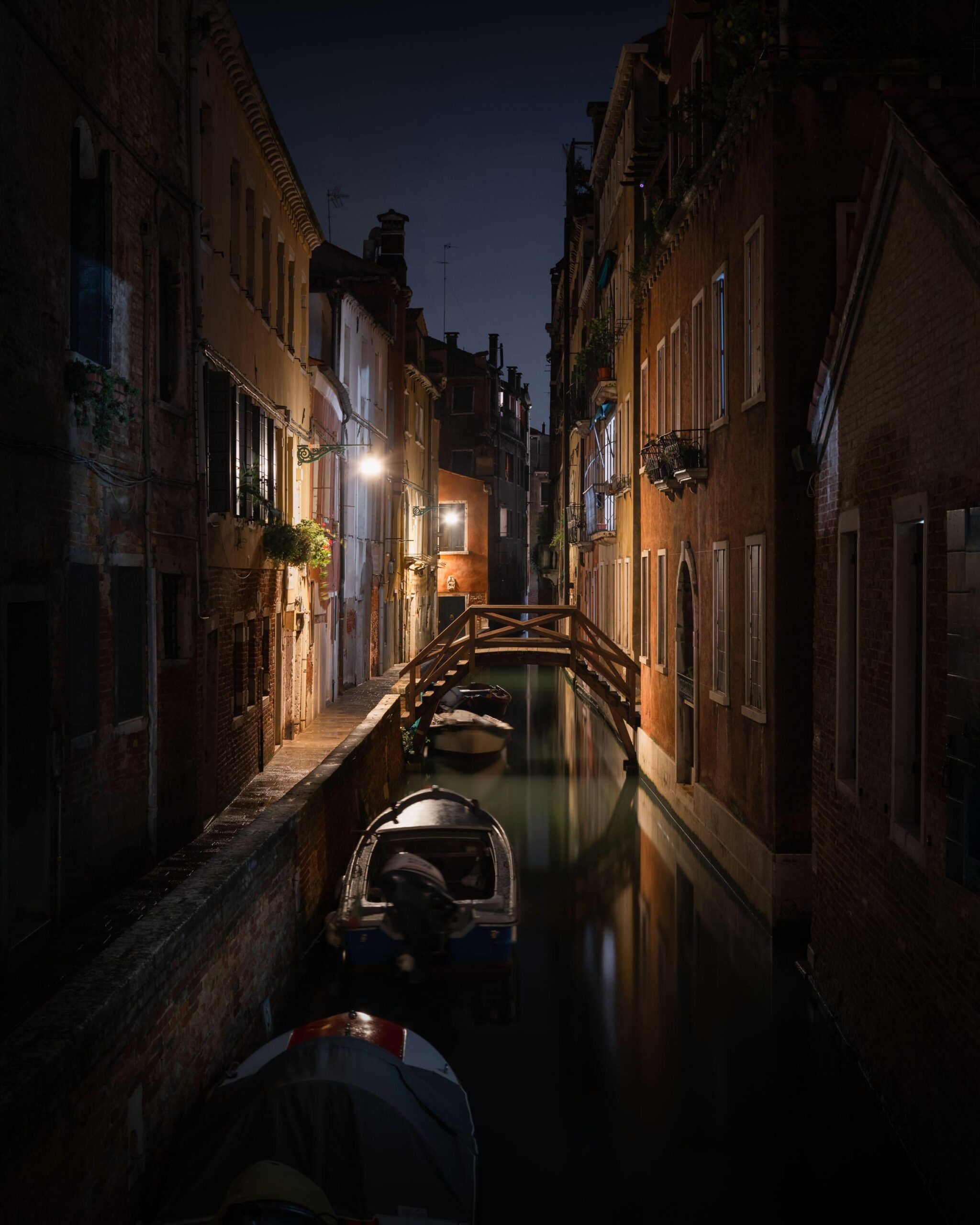
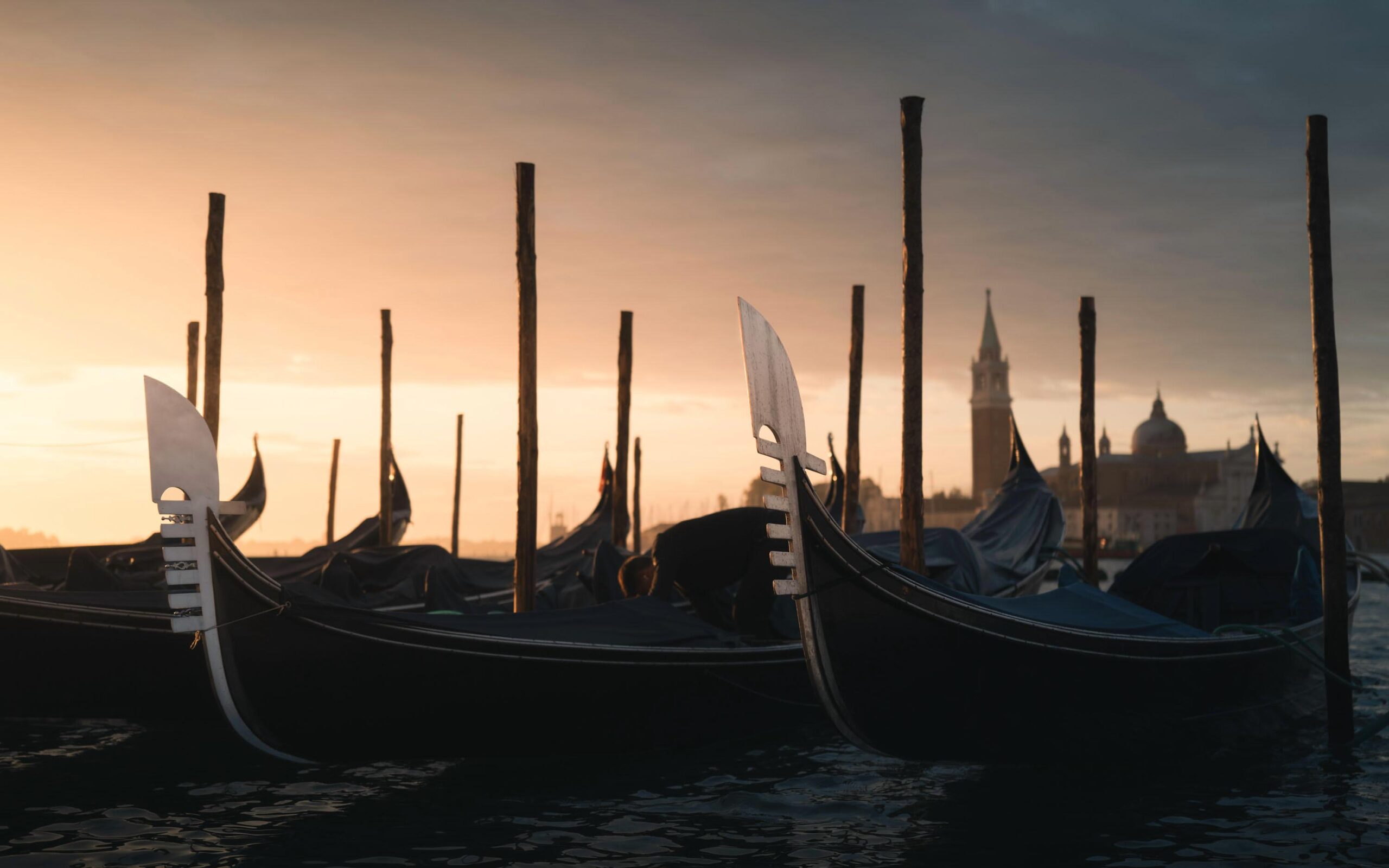
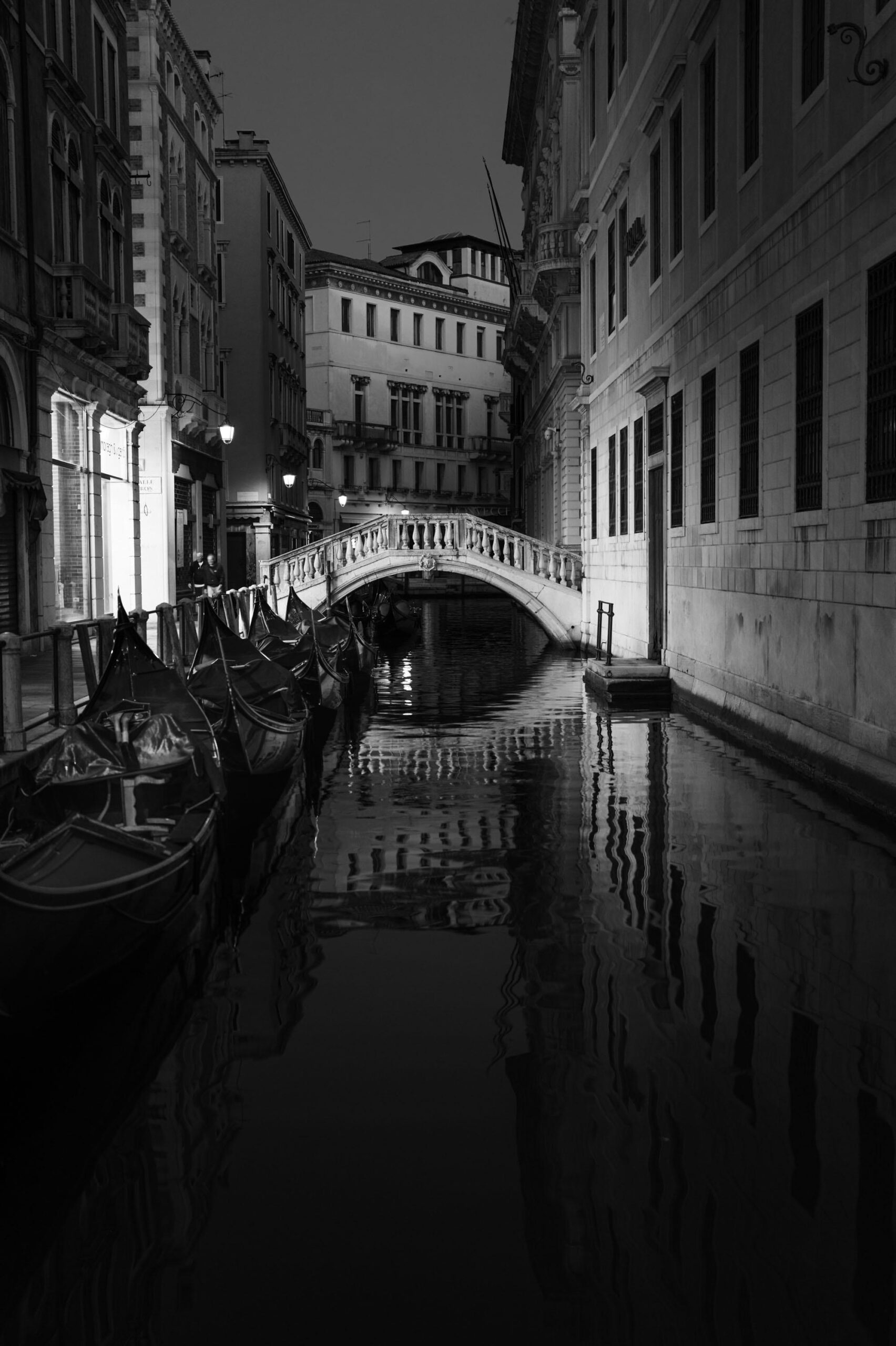
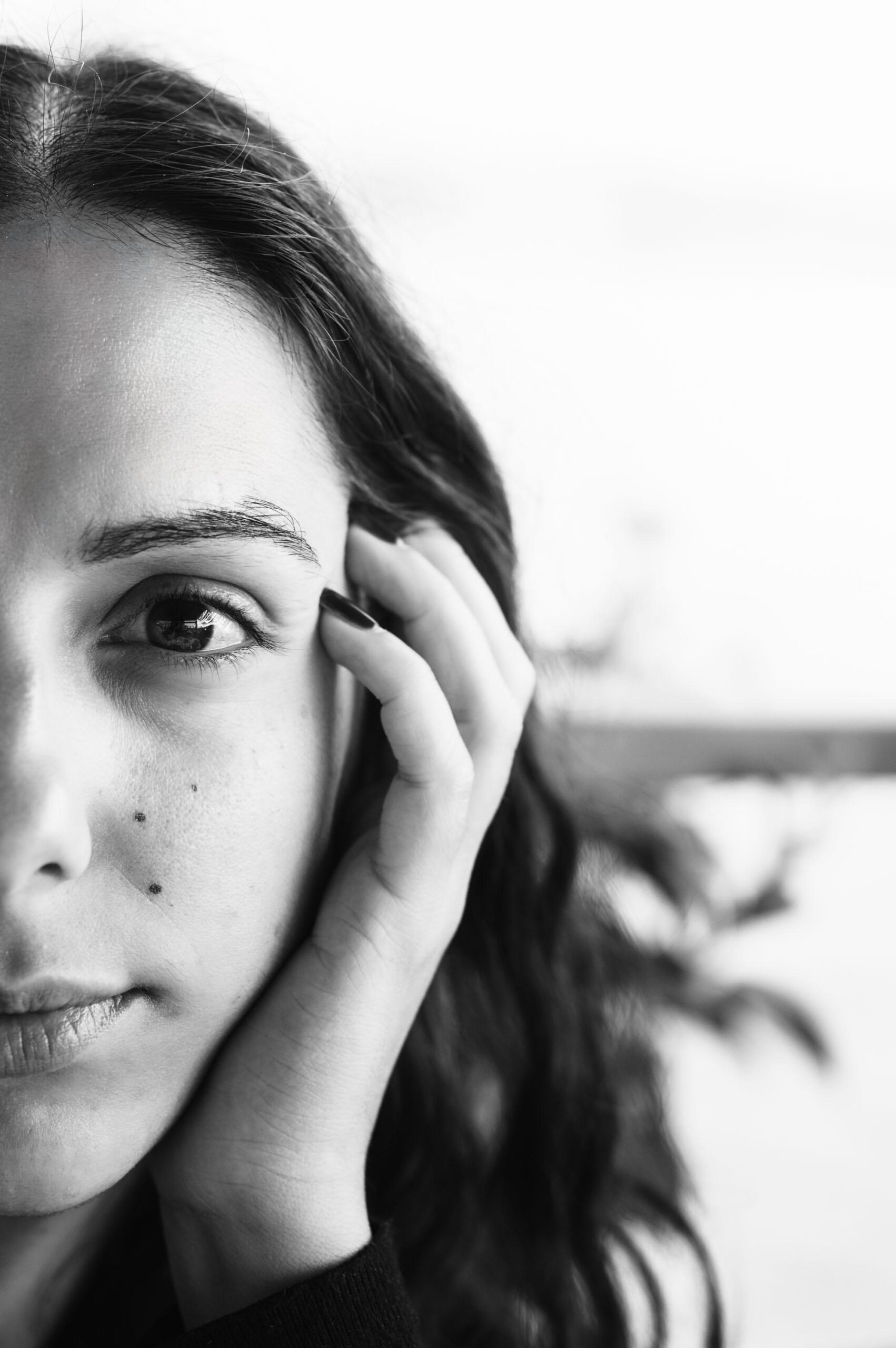
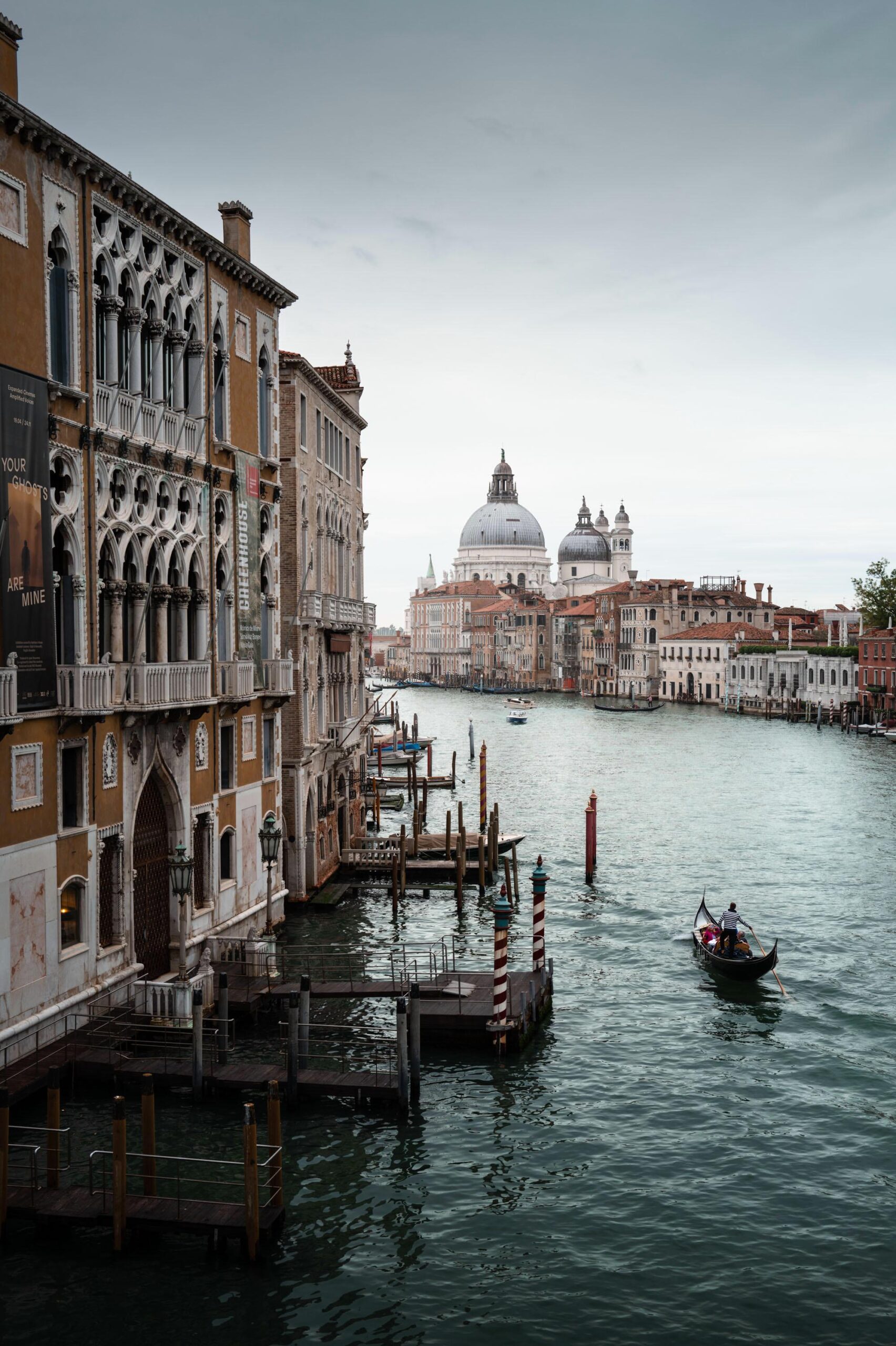
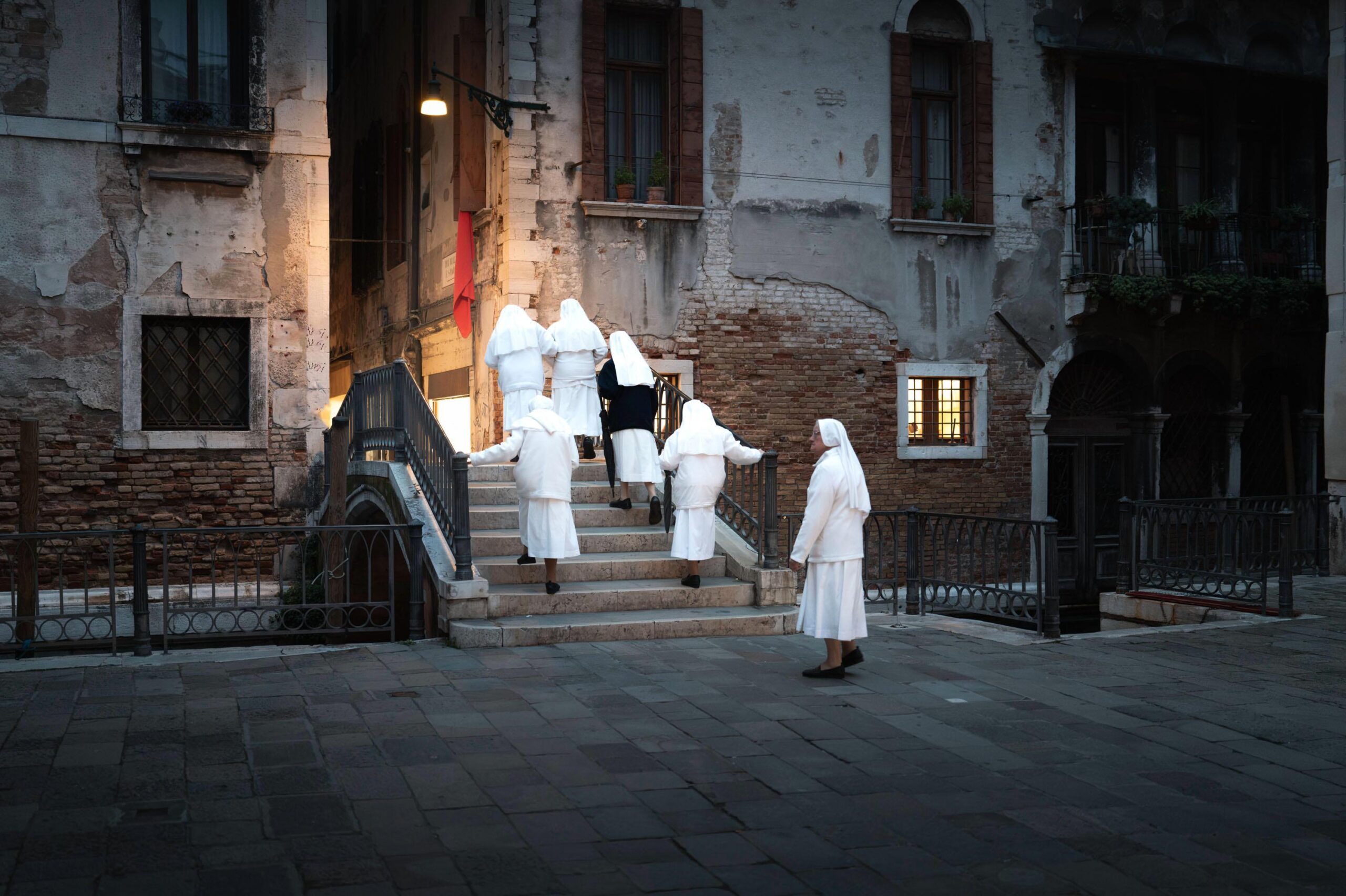

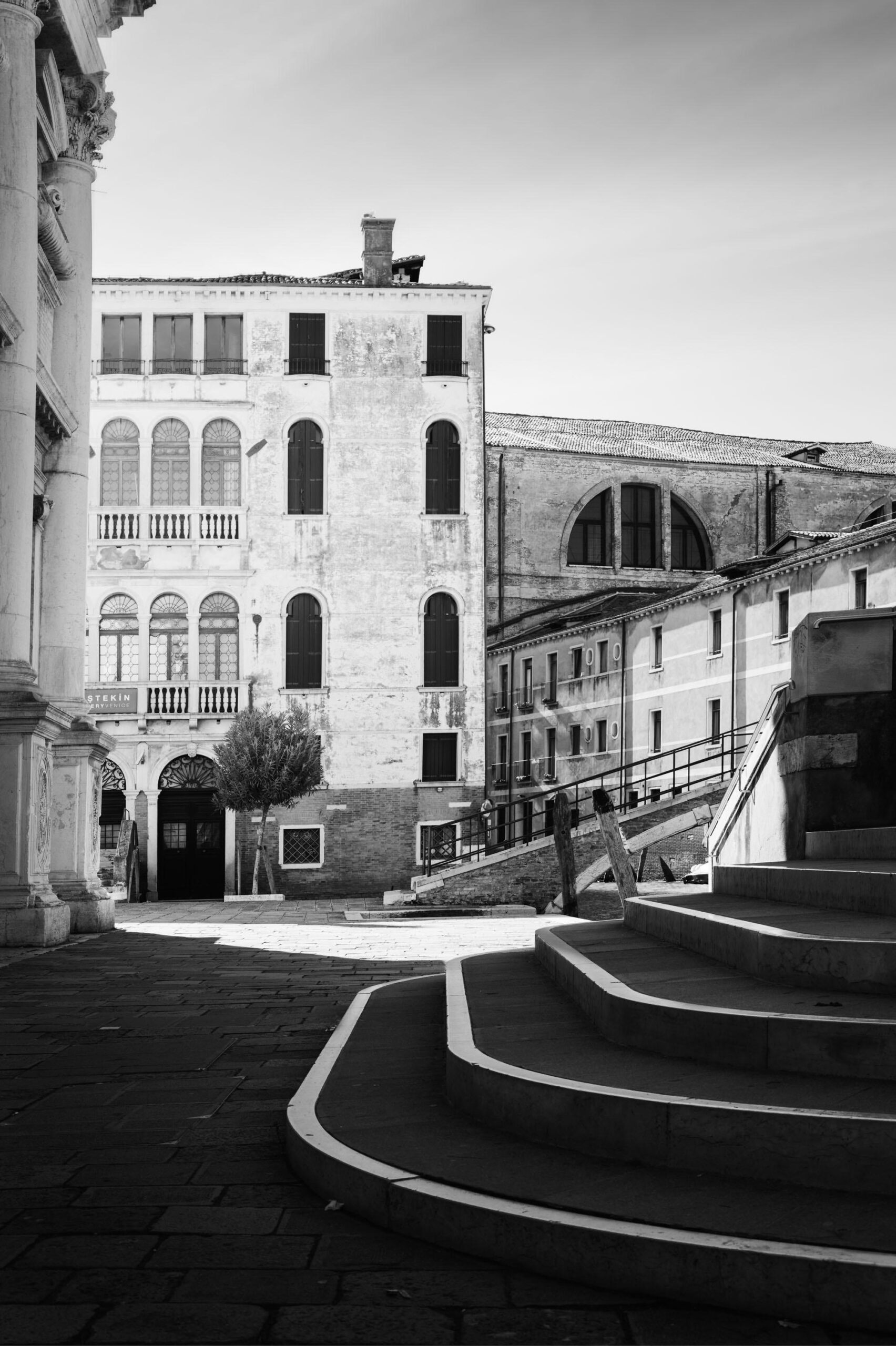
Your B&W gondola shot reminds me of the Orson Welles version of “The Merchant of Venice” or more recently “ Ripley”.
An interesting approach to city landscape photography. I’m all for avoidance of tourists. The best picture by for me is the landscape including the triple lamp standard. A lovely calm city landscape. Thank you.
An interesting story and excellent photos. And what a collection of gear! Lucky man.
I’ve always thought that getting up at 5.30am to take photos is a big deal but Christopher’s 4.00am and 3.00am starts put me to shame. Memo to self-must try harder..
Blimey – the shot of the boats in the canal at night with the buildings either side is superb. I know Venice and have enjoyed doing similar walks before the crowds get out. That picture is brilliant. Good feedback about the Q3 43 as well, especially with a Q3 28 already – useful.
I mean the colour shot, not the mono one.
Actually, I think it’s a tough call choosing between them.
This is an article where I am — almost — stunned into silence, right from the first photo.
And, I think I now understand Thorsten’s “painting with light.” Also, why people love Venice.
Thank you (though I’m not selling my M240 🙂